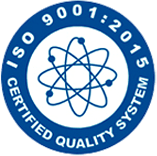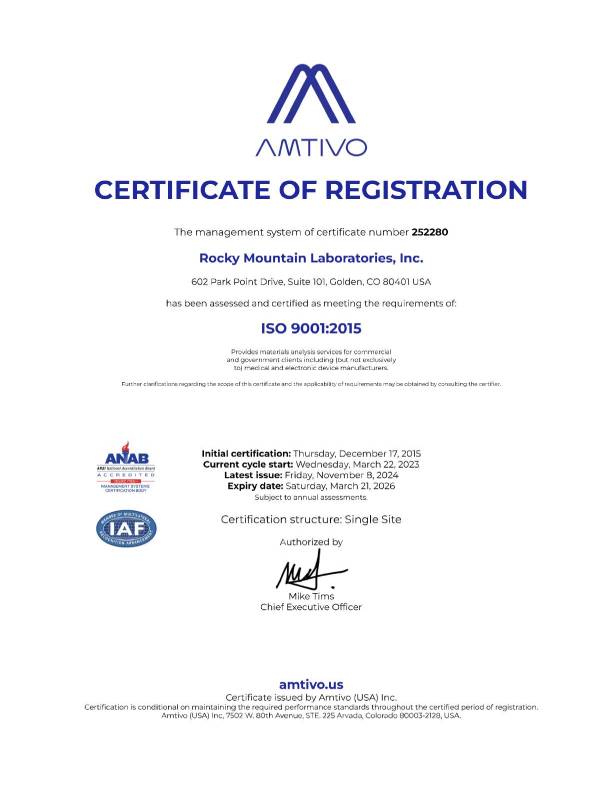AES (Auger Electron Spectroscopy) and ESCA (Electron Spectroscopy for Chemical Analysis) are terms that are sometimes used interchangeably, but they essentially refer to the same analytical technique. ESCA is a more historical term, while AES is a more modern and widely used term. Both terms describe the same method of surface analysis based on the Auger effect.
Here’s a breakdown of the terms:
- AES (Auger Electron Spectroscopy): This term specifically highlights the detection and analysis of Auger electrons. The Auger effect involves the emission of an Auger electron when an inner-shell electron is ejected from an atom, and another electron from a higher energy level fills the vacancy, releasing energy. AES focuses on measuring the kinetic energy of these Auger electrons to provide information about the elemental composition and chemical state of the material.
- ESCA (Electron Spectroscopy for Chemical Analysis): This is an older term that encompasses a broader range of electron spectroscopy techniques, including AES. ESCA emphasizes the use of electron spectroscopy for analyzing the chemical composition of materials. It includes techniques like X-ray photoelectron spectroscopy (XPS) and Auger electron spectroscopy (AES). In practice, when people refer to ESCA, they often mean the combination of XPS and AES techniques.
In summary, AES and ESCA essentially refer to the same surface analysis technique based on the Auger effect. However, AES is a more specific term that directly highlights the detection of Auger electrons, while ESCA is a broader term that historically encompassed various electron spectroscopy techniques, including AES. Nowadays, AES is the more commonly used term in the context of Auger electron spectroscopy.



